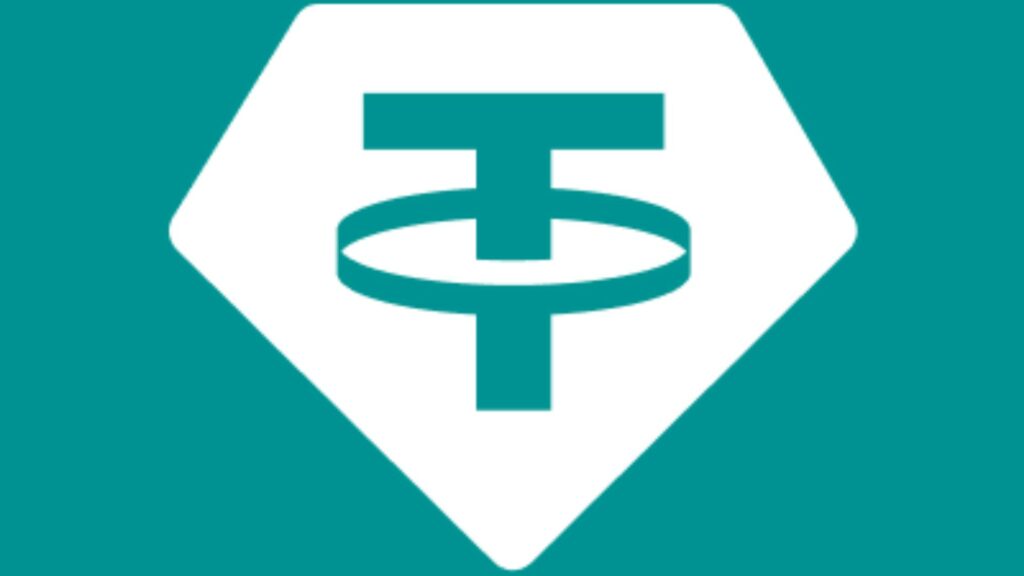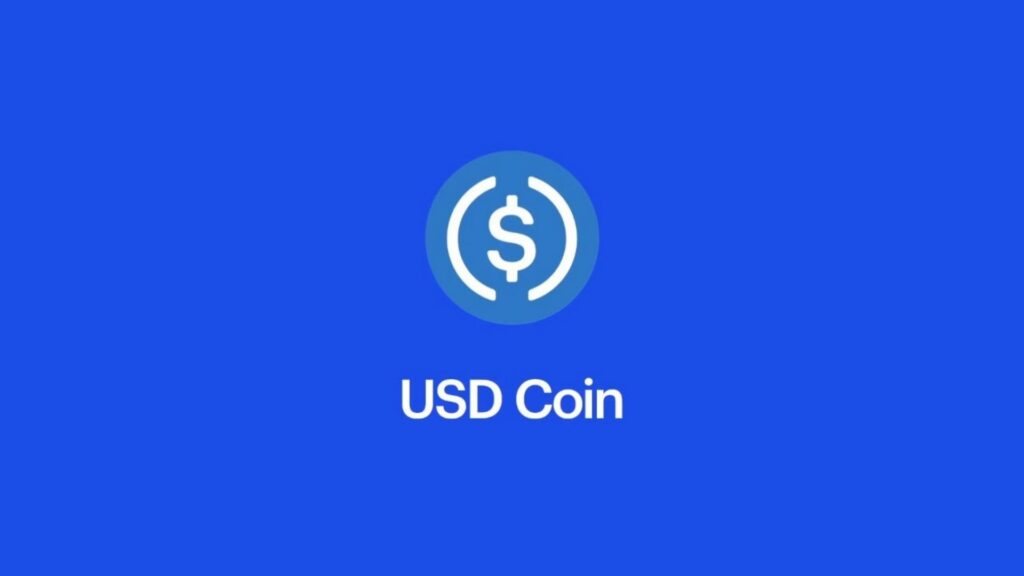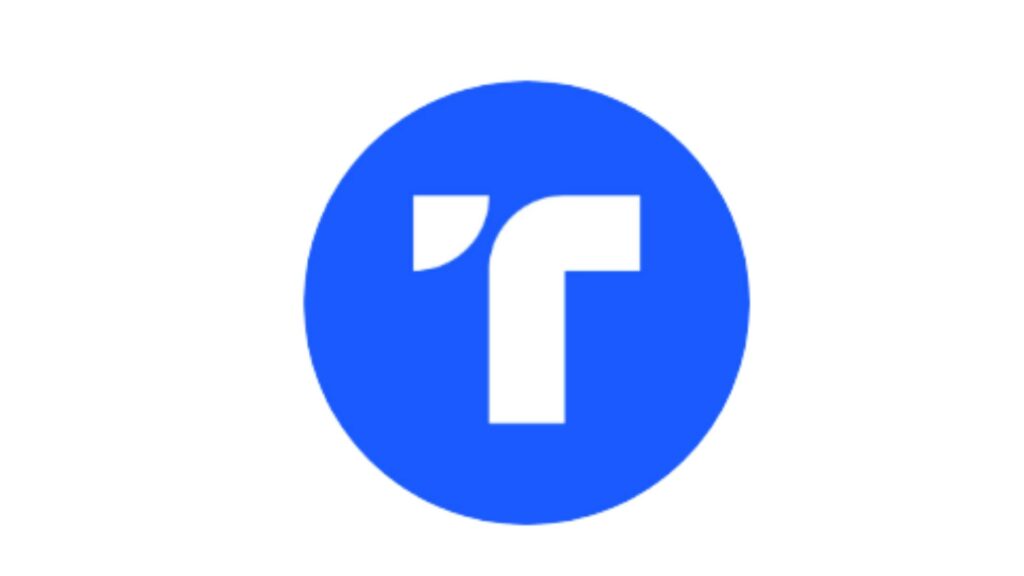Stablecoins are cryptocurrencies designed to preserve their value over the long run. A stablecoin’s value is often tied to a certain real currency, such as the US dollar. In this case, one cryptocurrency unit is normally equal to one real currency unit. In some instances, however, the tethered asset is the precious metal gold.
How stablecoins are put into action
Although the majority of stablecoins are backed by physical assets, some of them are not. These others use technological methods known as algorithms. In such a case, the algorithm may burn a certain amount of digital coin each time an equivalent amount of the stablecoin is spent. However, algorithmic stablecoins carry a higher level of risk than asset-backed stablecoins.
When it comes to using cryptocurrency for real-world transactions, the volatility of many of the most popular cryptocurrencies can make it difficult, if not impossible, for some businesses to accept them. Stablecoins fix this problem. It is also possible to employ stablecoins with smart contracts, which are programmable contracts that are automatically executed if their terms are met. Because of the digital currency’s consistent value, it is easier to avoid contract disagreements that could surface when dealing with volatile cryptos.
Stablecoins are generally backed by the precise assets they’re linked to because their primary purpose is to follow an asset. There are a number of ways that stablecoins might be issued, including a reserve held by a financial institution. For instance, with $100 million in reserve, a stablecoin may create 100 million coins with a set $1 value. When the holders cash out their stablecoins, actual money will eventually be withdrawn from their reserves.
Here are the top five stablecoins in the market.
Tether (USDT)

Tether is the first stablecoin in the world and the most widely used and liquid one. With a market value of over $80 billion, Tether is the world’s third-largest digital coin, behind BTC and ETH. This stablecoin’s objective is to maintain a value that is fixed at a 1:1 ratio to the US dollar. Tether, like TerraUSD, fell to 96 cents in May as it lost its peg to the US dollar. However, it has since recovered.
Tether is one of the most liquid and widely used stablecoins, but investors should be mindful of the newly realized risk of de-pegging. Many crypto exchanges provide USDT as an alternative to utilizing fiat currencies, so investors can make fast trades. In spite of Tether’s assertion that it is backed by reserves such as cash and commercial paper, it has faced criticism for lack of transparency.
USD Coin

The value of a single USD Coin (USDC) is equivalent to one US dollar. The Centre Consortium, which Circle and Coinbase co-founded, manages the service, which has been around since 2018. The stablecoin runs on the Ethereum, Stellar, Algorand, Solana, and Hashgraph blockchains. US DC is now the world’s ninth most valued cryptocurrency.
The company behind USD Coin asserts that it has a combination of cash and currency equivalents as well as US Treasuries in reserve to back each and every USDC that is currently in circulation. Also, c Co-creators of this platform collaborate with organizations that compile financial reports. These factors create confidence around USDC.
Dai

MakerDAO, an Ethereum-based platform, powers the Dai stablecoin. It’s true that Dai is a stablecoin tied to the US dollar, but it also has the added benefit of being backed up by other cryptocurrencies like Ether, USD Coin (USDC), and others.
Dai’s price stability as a stablecoin is arguably enhanced by the multi-collateral option and the transparency provided by smart contracts. Also, within the MakerDao community, users have the right to cast their votes for additional collateral possibilities. With a market capitalization of over $6 billion, Dai is among the most popular stablecoins in the market.
Binance USD

Founded by Binance and Paxos, a blockchain firm with its own stablecoin, Binance USD (BUSD) is the Binance exchange’s stablecoin initiative.
Ethereum, Binance Smart Chain, and Binance Chain are the three blockchains that power BUSD. The New York State Department of Financial Services regulates BUSD, which is linked to the US dollar. On Binance, the BUSD has access, flexibility, and speed as its major advantages for transactions. Also, users of BUSD can transfer the currency around the world with low transaction fees, and they can also choose to switch between the three supported blockchain networks to meet their specific demands.
Paxos Standard (PAX)

PAX was one of the industry’s first regulated stablecoins when it was introduced in 2018, and around the same time as the USDC. PAX runs on Ethereum and uses the ERC-20 standard. PAX, like BUSD, provides frictionless global transactions to every corner of the globe. In addition, the asset is backed by the US dollar, which is held in government-controlled treasuries.
True USD

As a result, True USD is one of the market’s most liquid stablecoins, with a 100% US dollar guarantee. In comparison to wire transfers in fiat money, the transaction fees and interest rates on this cryptocurrency’s balances are lower. When payments are made to certain partner banks chosen by TrustToken, the process generates TrueUSD units.
On a regular basis, Cohen & Co., a US-licensed accounting firm, certifies that the True USD cash deposits are enough. In addition, TrueUSD is collaborating with a bank to facilitate digital payments and developing ‘digital asset to DeFi’ programs.
The TerraUSD crash
Unlike the assets discussed above, TerraUSD is a whole other animal. In other words, it is an “algorithmic stablecoin,” meaning it is only backed by computer code.
In algorithmic stablecoins, a computer program is in charge of controlling the supply of coins. When you realize that UST is supported by nothing but code, you may begin to comprehend how things could have deteriorated so rapidly.
A specific cryptocurrency known as LUNA is employed in the TerraUSD system to ensure that UST maintains its 1-to-1 peg value to the US dollar. Over the past few days, LUNA, TerraUSD’s buffer against market volatility, has fallen victim to heavy selling. As much as 99.9 percent of its trading value was lost at some point. A speculative asset, LUNA, serves as the collateral for this entire system.
In summary
Stablecoins have made it easier for cryptocurrencies to be integrated into the mainstream financial system. However, stablecoin issuers have the same power as banks, but without the need for a license or audit. Mistakes in their bank-like operations would have global economic repercussions in addition to the crypto economy. As a result, stablecoins may be among the first cryptocurrencies to be subject to formal regulation.




